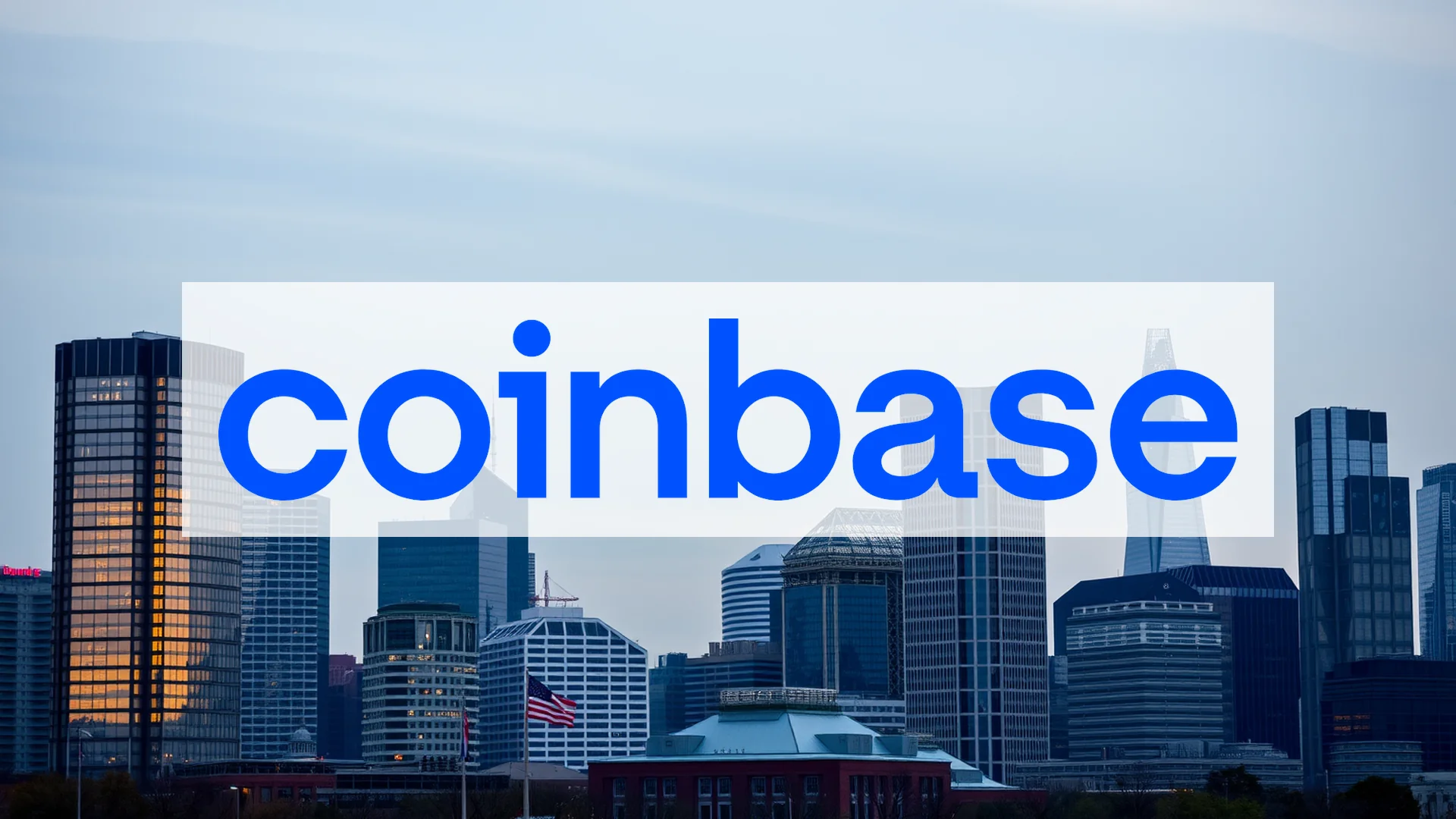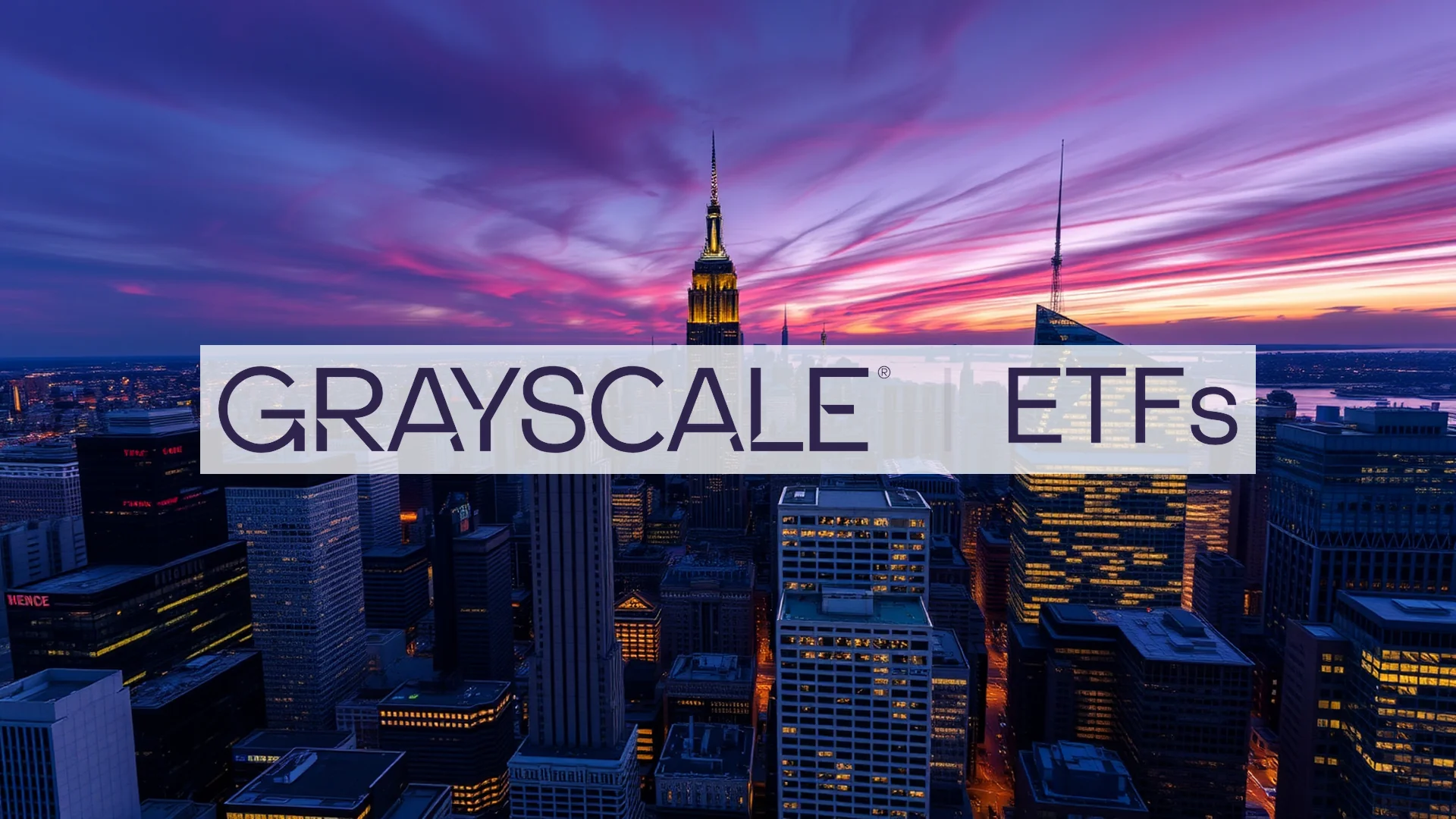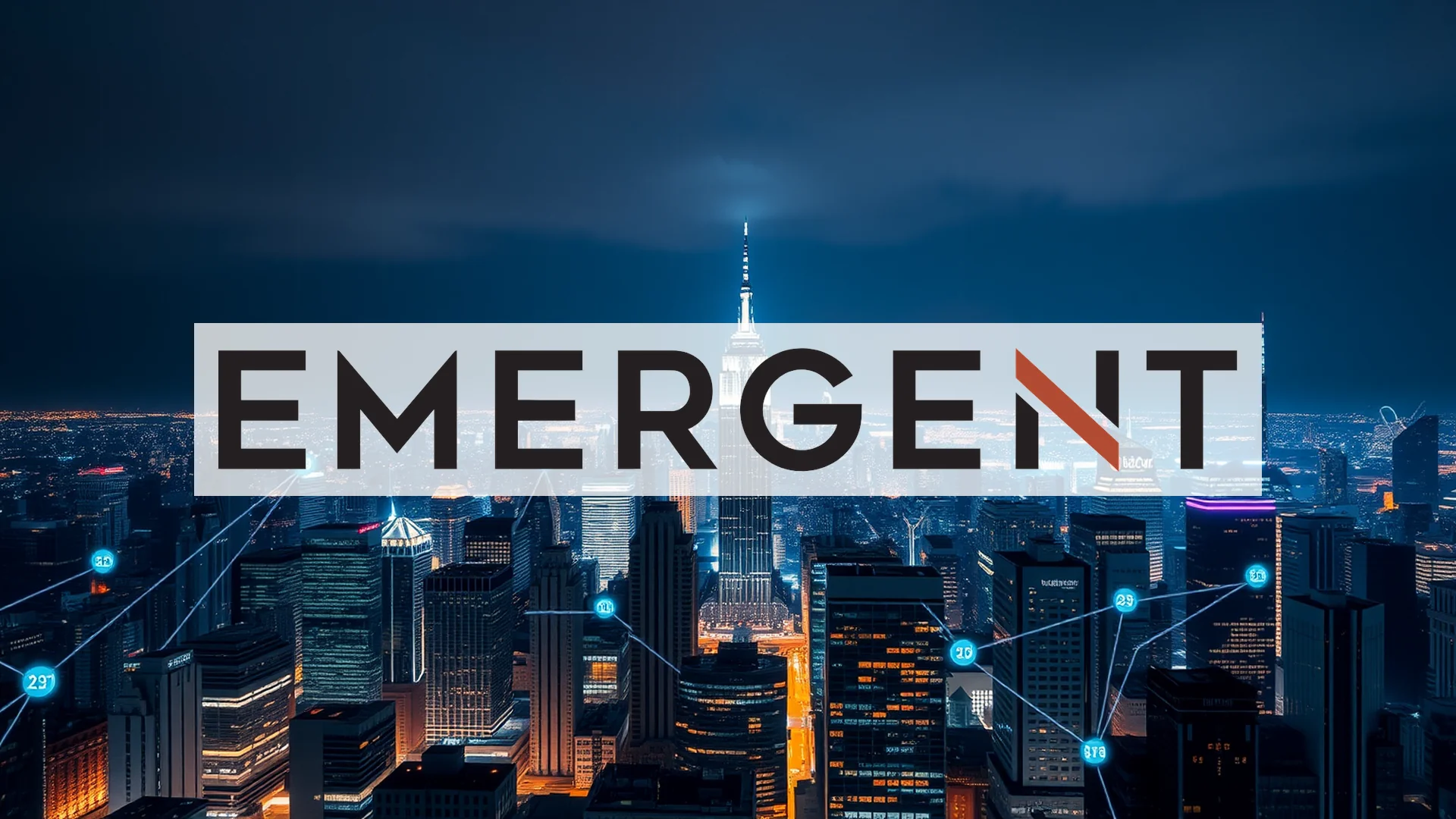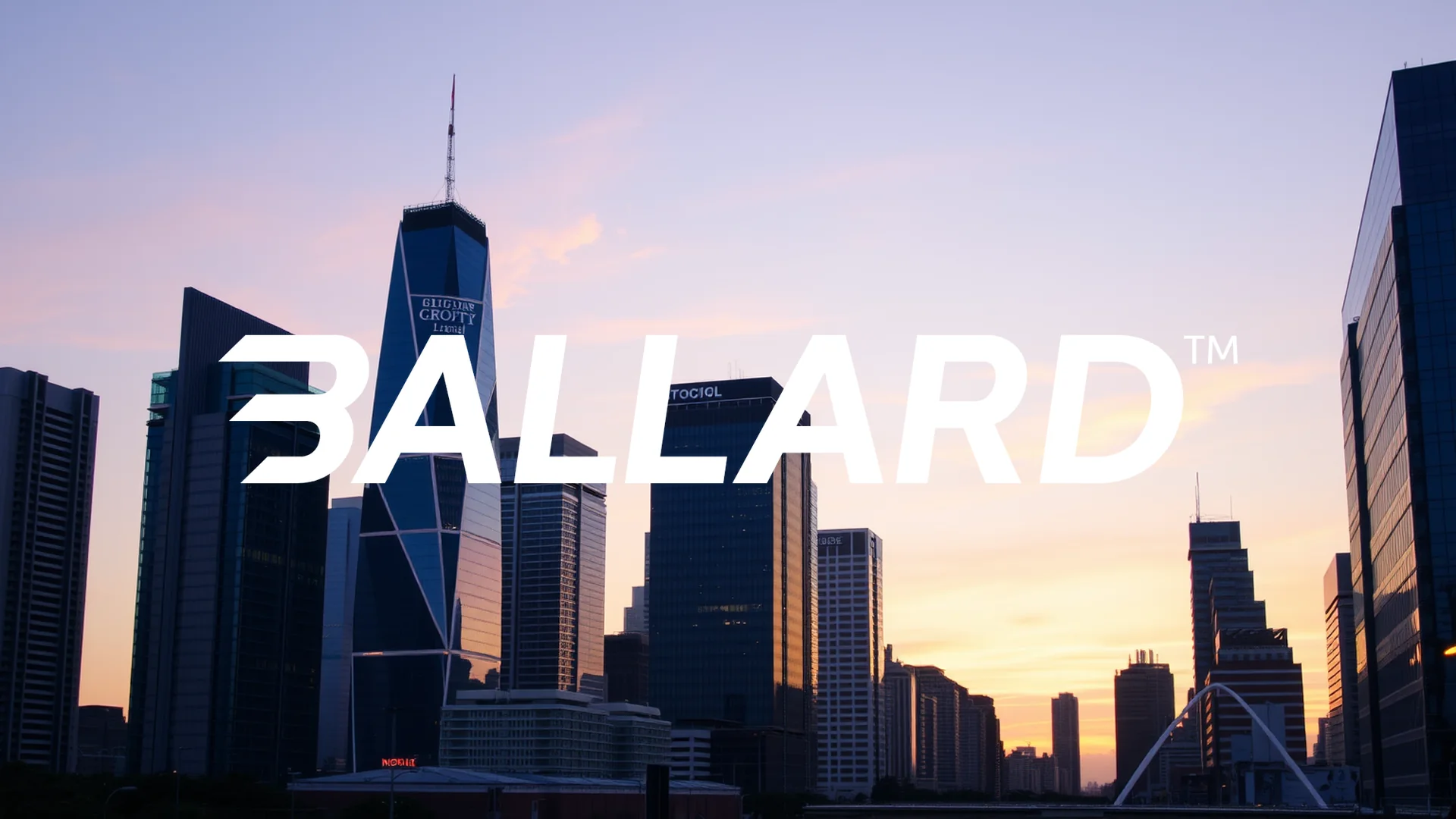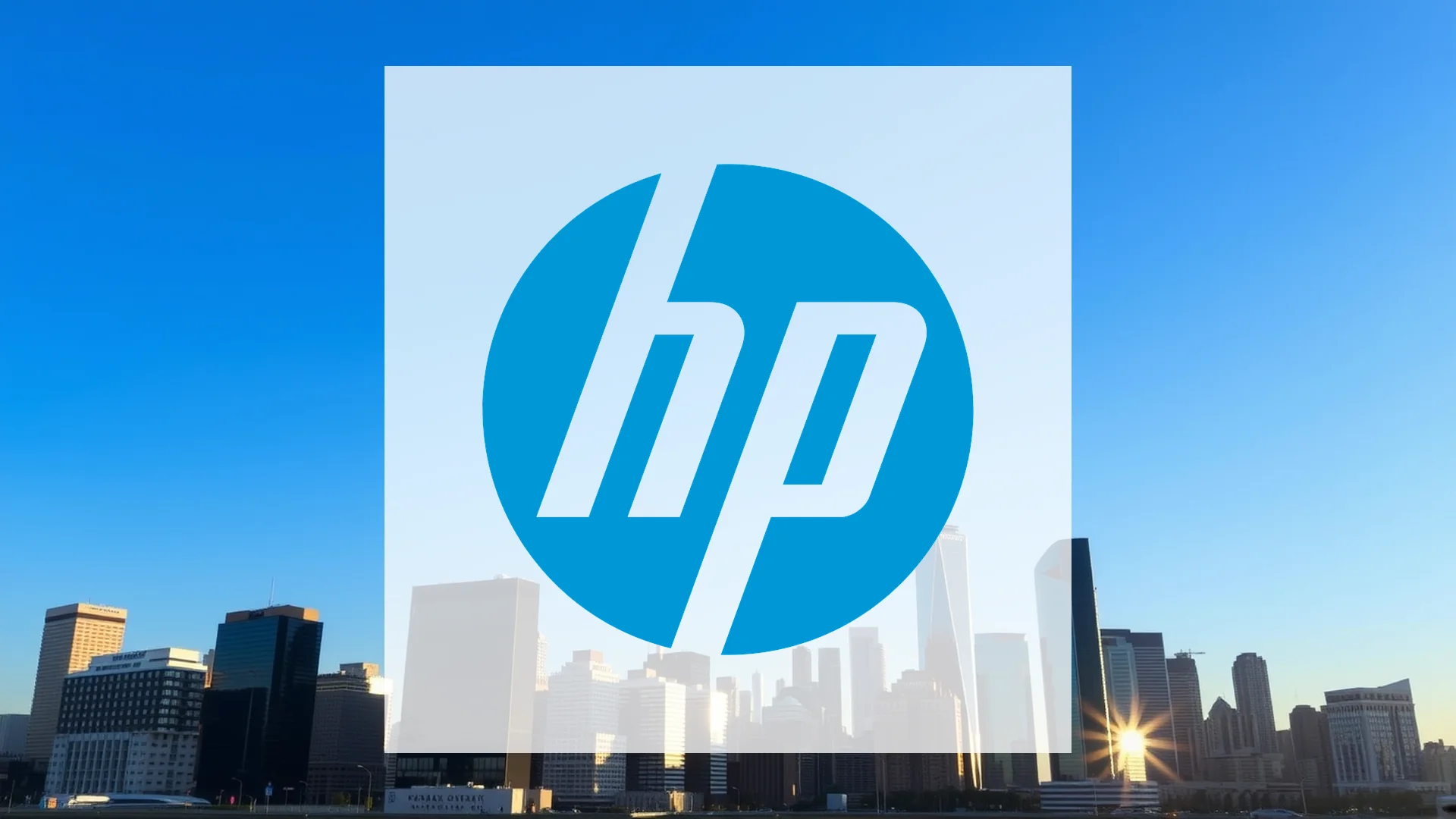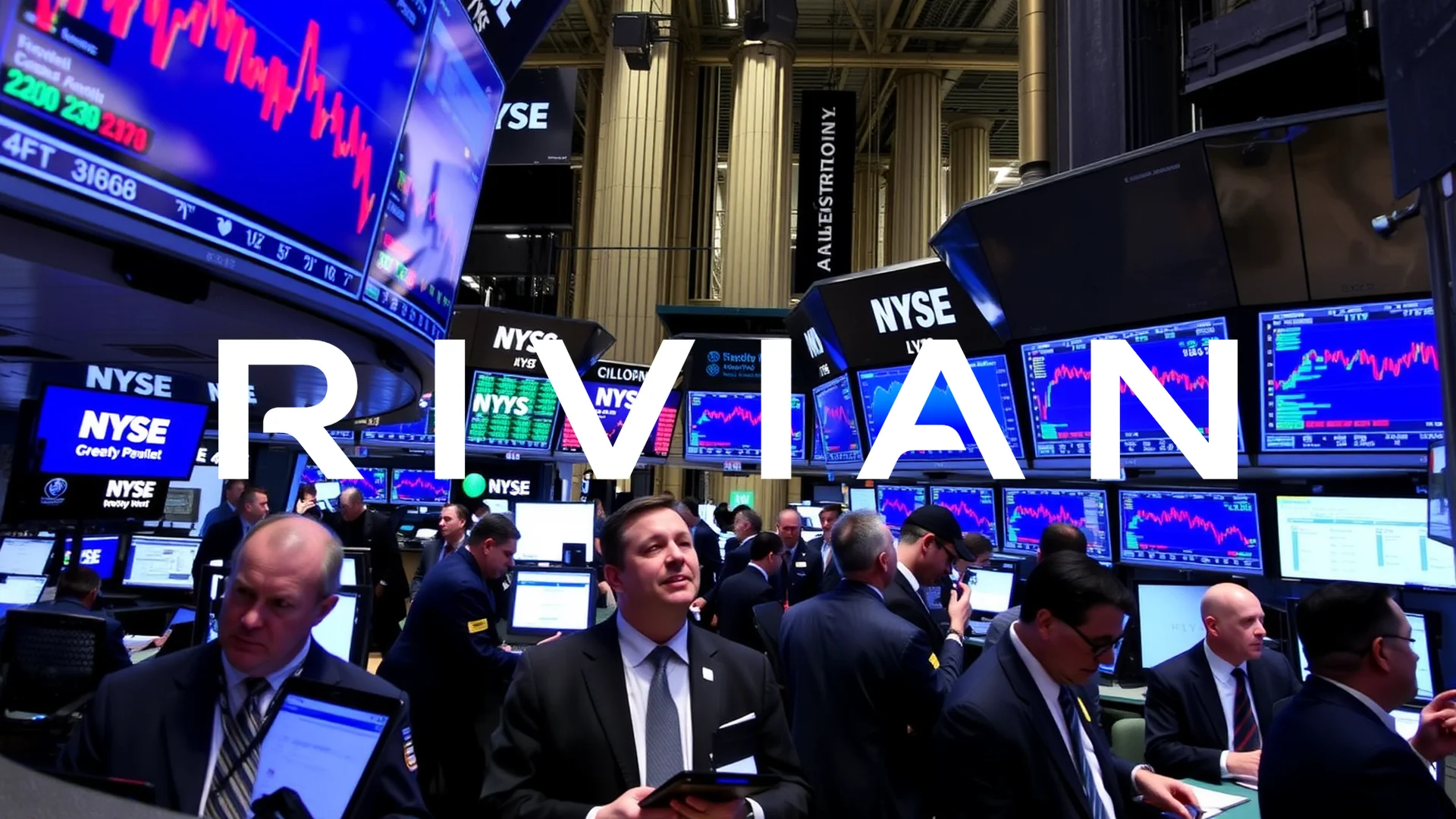Goosehead Insurance finds itself at the center of a classic investment dilemma, caught between a wave of institutional buying and a series of insider disposals, all while recent quarterly earnings failed to meet expectations. This convergence of contradictory indicators has created significant uncertainty for investors.
Earnings Shortfall and Insider Selling
The company’s July earnings report delivered a mixed performance. While revenue climbed 20.4% year-over-year to reach $94.03 million, this figure fell just short of analyst projections. A more substantial disappointment came in earnings per share, which reached only $0.49 compared to the anticipated $0.53.
Amid these results, corporate insiders have been reducing their stakes. Major shareholder Adrienne Kebodeaux recently sold 3,000 shares at $86.30 each, a transaction valued at nearly $260,000. Such sales by company leadership inevitably raise questions about whether those with intimate knowledge of the business anticipate challenges not yet apparent to the broader market.
Institutional Accumulation Contrasts Internal Actions
Despite these concerns, institutional investors have demonstrated strong conviction in Goosehead’s prospects. The first quarter saw remarkable positioning increases from several major investment firms. Quantbot Technologies LP expanded its holdings by 179.4%, while Bessemer Group Inc. increased its position by 192.9%. Most notably, Larson Financial Group LLC boosted its exposure by an impressive 1,251.6%.
Should investors sell immediately? Or is it worth buying Goosehead Insurance?
This substantial institutional accumulation suggests that sophisticated market participants see significant potential in the insurance broker, creating a stark contrast with the selling activity from company insiders.
Valuation Concerns and Market Performance
Market observers maintain a cautious stance toward Goosehead shares. The average price target currently sits at $110.91, suggesting potential upside, yet the prevailing recommendation remains “Hold.” Concerns persist regarding the company’s rich valuation, evidenced by a price-to-earnings ratio of 76.40, alongside a negative return on equity of -59.49%.
Recent market activity provides little clarity. While shares gained over 2% this past Friday, they remain down more than 25% year-to-date and trade nearly 40% below their annual peak. The company continues to maintain its full-year guidance, projecting revenue between $350 million and $385 million with earnings per share of $0.83. Analyst projections for the coming year anticipate growth to $0.94 per share, representing a 13.25% increase.
The fundamental question for investors remains whether institutional investors are correctly identifying value that others miss, or if insider selling activity signals underlying challenges not yet reflected in the stock price.
Ad
Goosehead Insurance Stock: Buy or Sell?! New Goosehead Insurance Analysis from November 24 delivers the answer:
The latest Goosehead Insurance figures speak for themselves: Urgent action needed for Goosehead Insurance investors. Is it worth buying or should you sell? Find out what to do now in the current free analysis from November 24.
Goosehead Insurance: Buy or sell? Read more here...





